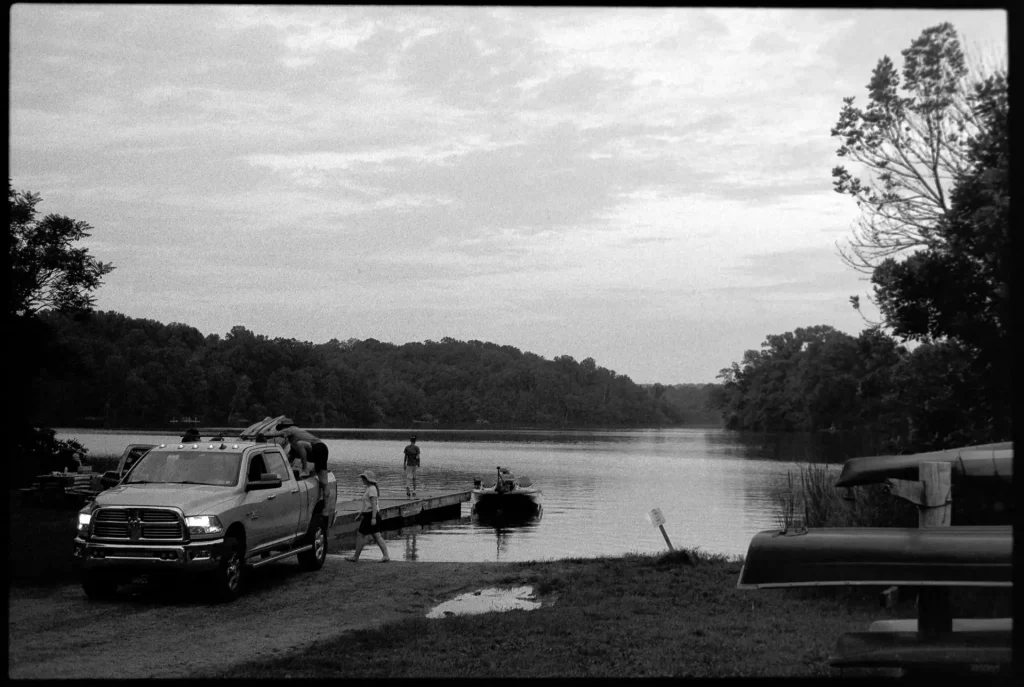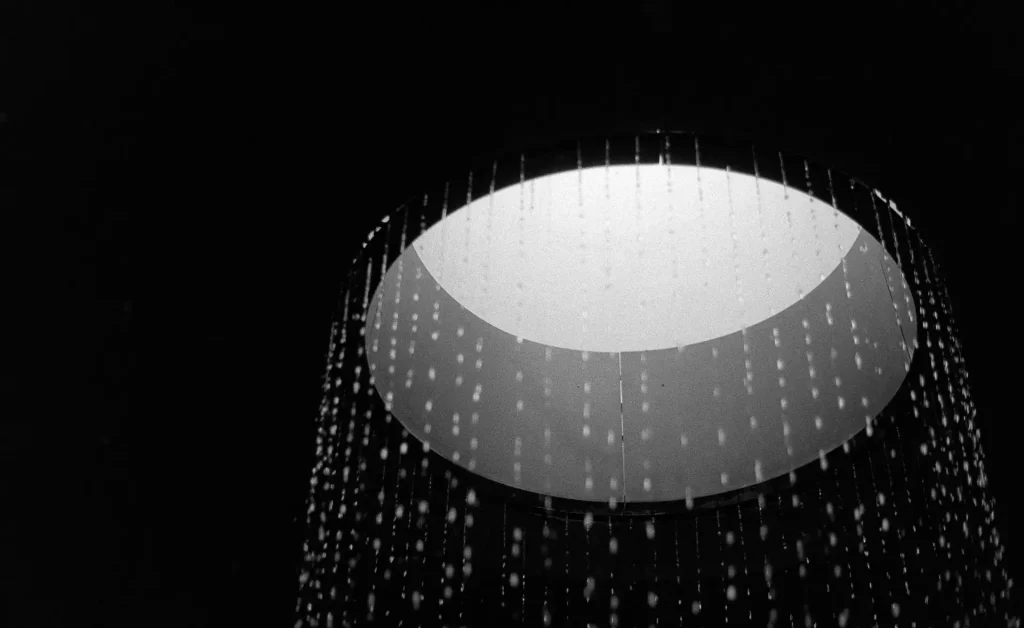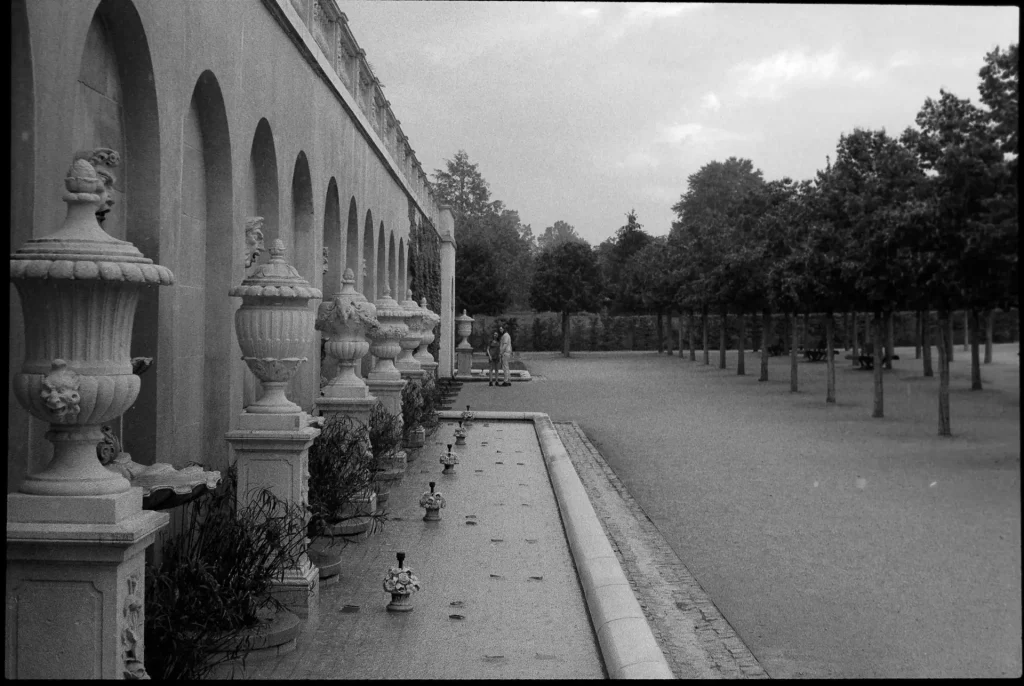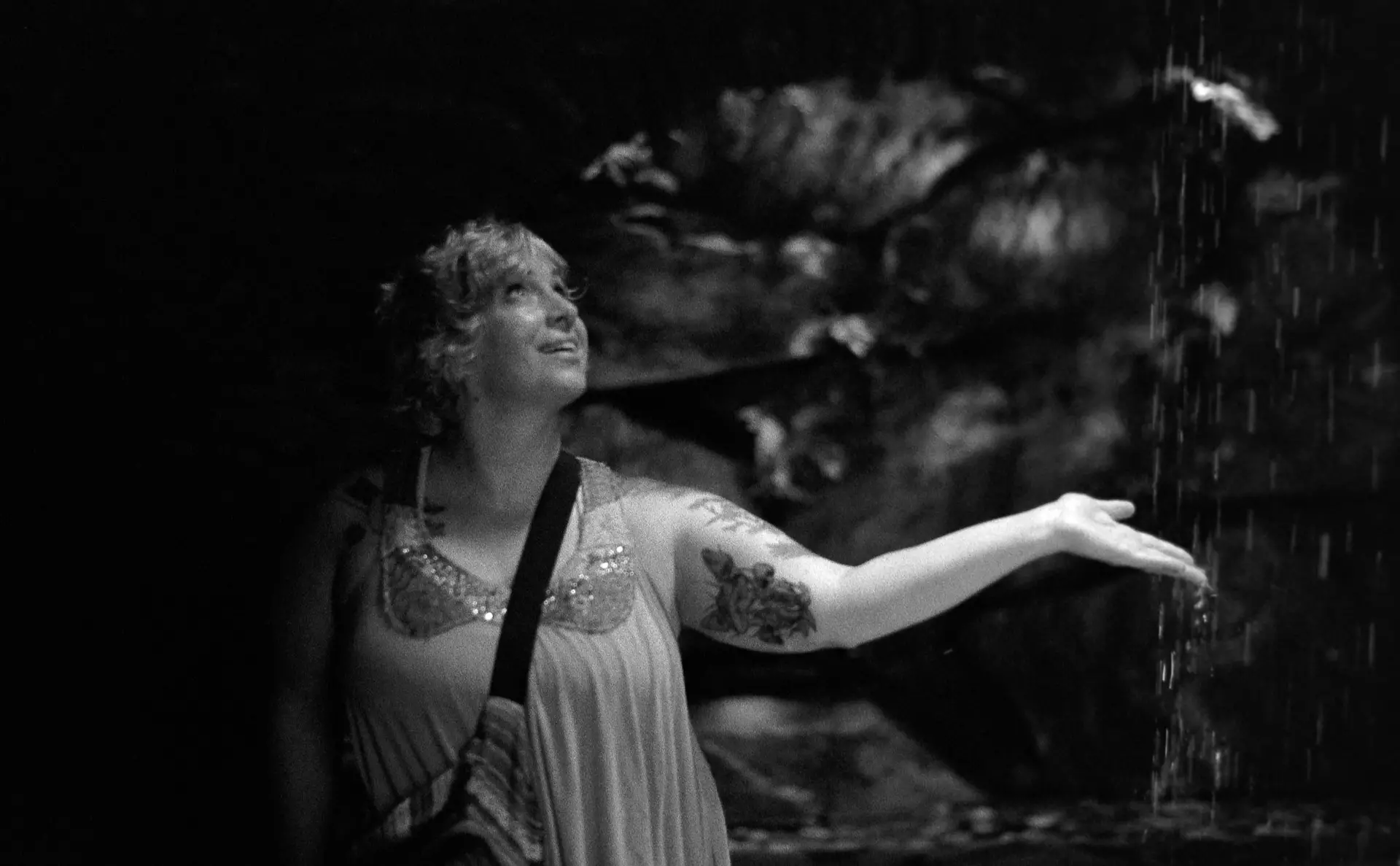Minolta’s SRT series is regarded as something of a classic for good reason – they’re beautifully tactile in the hands, make sounds that you can find videos dedicated to on YouTube, and they’re fully manual, which appeals to depraved analogue throwbacks like us.
My grandfather used to run a wedding photography business in Nottingham, England back in the day, and while I’d love to say that my thrifted Minolta SRT SC-ii (a Sears exclusive variant of the 201) was his, that seems rather unlikely. I do know he used Minolta gear however, so we’ll go with that for now. Three cheers for family connections!
Last week I decided to try something new with my fully manual camera-child. My wife planned a birthday meet-up for herself at nearby Longwood Gardens, and as the surroundings would be relatively dark I decided to push some Ilford HP5 to EI3200 – despite not having ventured away from the box speed of 400 before. As a sneaky British immigrant to the United States, I have a hankering for anything with similar roots, so the Northern English HP5 is a natural film to pair with my definitely not British Minolta.

As for the shooting process, I very much enjoyed not having to worry about my depth of field as much as usual when the light starts to dim with a 400 ISO film. Most of my shots were f/8 or up, at 1/500 or 1/1000 shutter speed.
I shot the remainder of my second roll at Marsh Creek State Park, first on a blazing hot afternoon – the 1/2000 speed of my F3 would have been nice here – and then as the sun went down a few evenings later. Much of my initial photography tooth-cutting (digital, but don’t tell anyone) happened around that lake, so I have something of a soft spot for it.

Next up: find a developing time to use.
Ah.
Problem one: not much info on pushing HP5 to 3200 with my chosen developers. I honestly don’t know why I didn’t just go to 1600. That would have been more sensible, but once you’ve made your bed, you must develop in it for an appropriate time. At least I think that’s the saying… anyway, I eventually found a recommendation for 24 minutes and 30 seconds at a temperature of 20.5c with Ilfosol 3, which is the only developer I’ve got right now.
Problem two: My water did not want to be 20.5 degrees! The coldest I could get it from the tap was 25, and then a stint in the freezer dropped it to 19, from which it stubbornly refused to rise. Cue much facepalming and gnashing of teeth.

Eventually I decided a 24:30 develop time was long enough that playing with it a bit wasn’t too risky, so I started the process at 19 and a quarter degrees. I set my timer (aka Alexa) for 26 minutes and fifteen seconds, to partly account for the temperature and for my assumption that it would only get warmer during that time. Why the fifteen seconds? Good question. Moving on…
Luckily for me, they came out beautifully. Probably my favourite batch of HP5 to date, going just on the contrast and overall feel. So I’m going to say that HP5 at 3200 with a 26:15 develop time at 19-ish degrees is a pretty solid recipe… just maybe don’t try it the first time for a one-off event, like me.

Thanks for reading! Feel free to follow me on Instagram and say hi.
Share this post:









Comments
Bob Janes on Ilford HP5 and a First Experiment at 3200 – by Jonathan Slater
Comment posted: 15/08/2021
Comment posted: 15/08/2021
Robert Guanci on Ilford HP5 and a First Experiment at 3200 – by Jonathan Slater
Comment posted: 15/08/2021
Comment posted: 15/08/2021
Dan Castelli on Ilford HP5 and a First Experiment at 3200 – by Jonathan Slater
Comment posted: 15/08/2021
A bit of nonsense trivia: the US home of Minolta was located on a road with the address of 101….in honor of the STT-101. True Minolta users will have the actual adddress.
Comment posted: 15/08/2021
Lee on Ilford HP5 and a First Experiment at 3200 – by Jonathan Slater
Comment posted: 17/08/2021
Comment posted: 17/08/2021
Michael J on Ilford HP5 and a First Experiment at 3200 – by Jonathan Slater
Comment posted: 17/08/2021
You've inspired me to shoot some HP5 at 3200…
Justin Kingery on Ilford HP5 and a First Experiment at 3200 – by Jonathan Slater
Comment posted: 19/08/2021
Comment posted: 19/08/2021